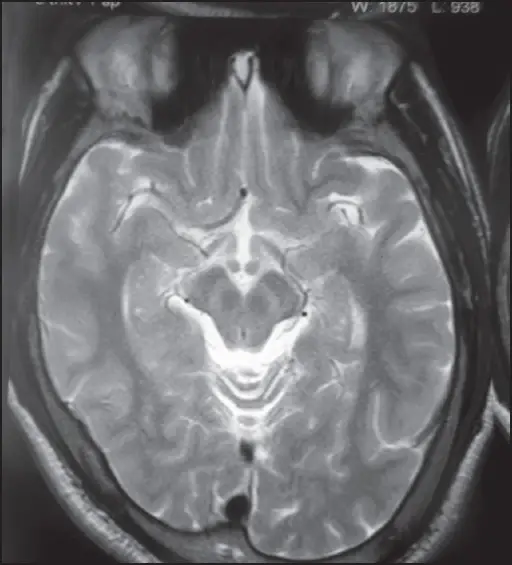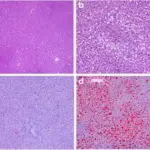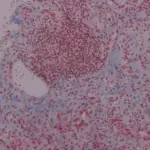Wilson disease is an autosomal recessive disorder causing accumulation of toxic levels.
What is the Pathology of Wilson Disease?
The pathology of Wilson disease is:
-Etiology: The cause of wilson disease is mutations in the ATP7B gene.
-Genes involved: ATP7B gene.
-Pathogenesis: The sequence of events that lead to wilson disease includes free copper dissociates and is transferred to hepatocytes, where it is incorporated into an alpha2 globulin to form ceruloplasmin and resecreted into plasma.
-Histology: The histology associated with wilson disease shows fatty change with vacuolated nucleus (due to glycogen or water), and focal hepatocyte necrosis.
How does Wilson Disease Present?
Patients with wilson disease typically affects male and female present at the age range of 40s. The symptoms, features, and clinical findings associated with wilson disease include acute or chronic liver disease, hemolytic anemia, deposition in putamen with frank psychosis or Parkinsonian symptoms, deposition in cornea called Kayser Fleischer rings.
How is Wilson Disease Diagnosed?
Wilson disease is diagnosed with the serum ceruloplasmin < 20 mg/dl, increased liver copper using rhodamine stain, urinary copper excretion > 50 mcg/24 hours.
How is Wilson Disease Treated?
Wilson disease is treated with longterm copper chelation therapy with D-penicillamine and liver transplantation.
What is the Prognosis of Wilson Disease?
The prognosis of wilson disease is is good.



